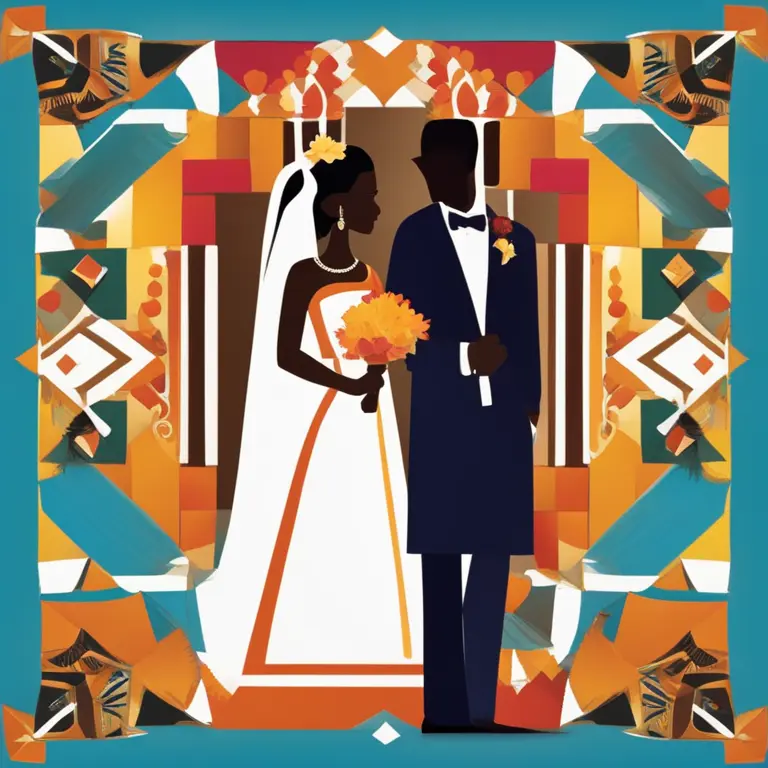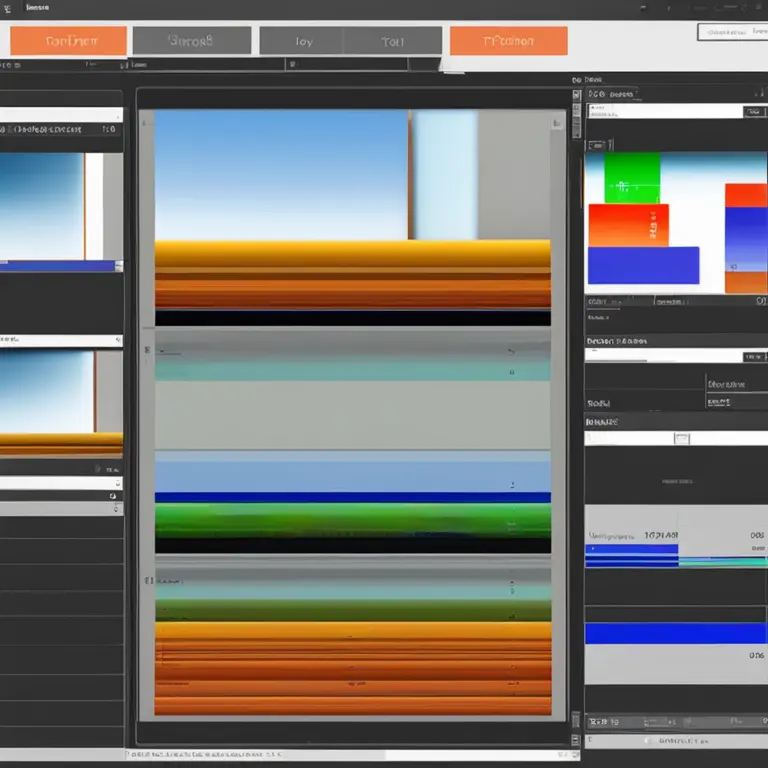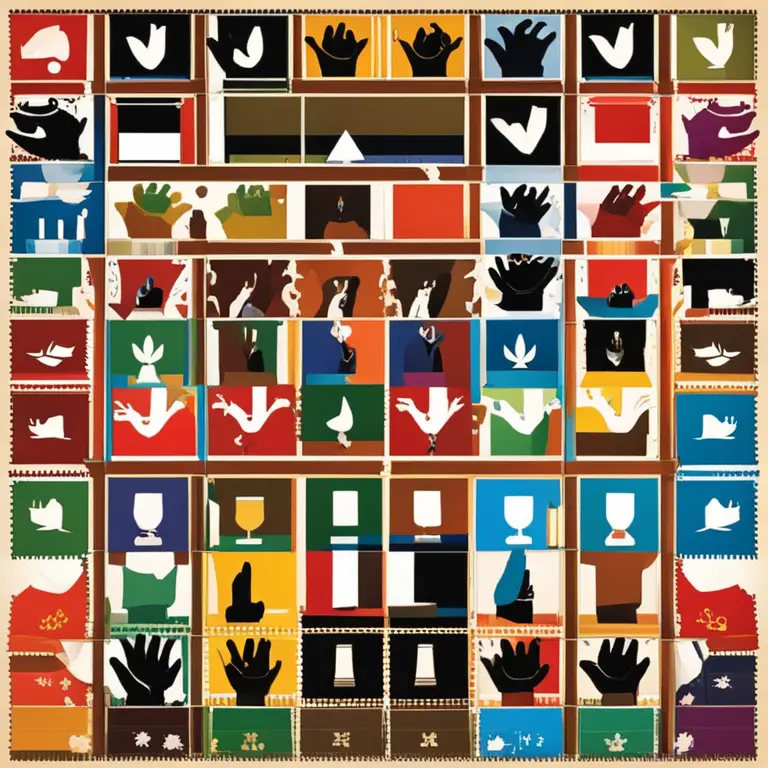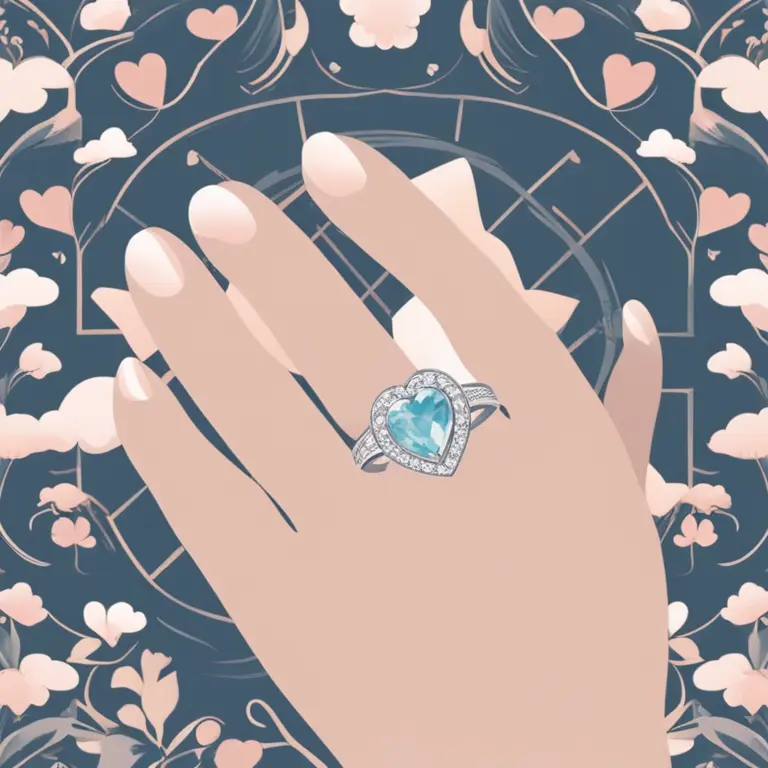
The Proposal Hand in Love Rituals
Discover which hand is traditional for proposals and what cultural influences determine this choice in love rituals.
article by Nora Pennington
Introduction to Proposal Traditions
In the realm of love and commitment, the act of proposing is a cherished tradition laden with symbolism and cultural nuances. As we traverse the landscapes of love rituals, one question that often surfaces is: which hand is the proposal hand? Traditionally, the left hand has been designated as the bearer of engagement and wedding rings in many western cultures, a practice with roots that can be traced back to ancient times. This article will explore the significance of the proposal hand across different cultures and the evolving customs as we step into 2024 and beyond.

The Left Hand's Historical Embrace
The left hand has long been preferred for proposals and betrothal promises, a custom that emanates from the ancient belief in vena amoris, the "vein of love." Romans believed this vein ran directly from the left ring finger to the heart, thereby connecting the symbol of love to the body's core. While modern science has debunked this physiological myth, the romantic notion persists, making the left hand synonymous with love, commitment, and matrimonial intentions.

Cultural Variations and Considerations
Diving into the cultural tapestry of love rituals, it is evident that not all societies align with the left-hand tradition. For instance, in some Eastern European and South American countries, the right hand is often chosen for engagement and wedding rings. This right-hand preference is steeped in religious and cultural practices, underscoring how local customs shape romantic gestures. As global trends emerge and societies intermingle, these practices may evolve, reflecting a melting pot of traditions.

Modern Trends and Personal Choices
With 2024 upon us, individual expression and breaking from tradition have become more commonplace in love rituals. Couples are making unconventional choices that reflect their unique narratives. Some may alternate hands based on occupation, comfort, or style, while others may eschew rings altogether for alternative symbols of commitment. This shift towards personalized rituals underlines the growing understanding that the essence of a proposal lies not in the hand it adorns but in the love it signifies.

The Influence of Palmistry and Astrology
In the realms of palmistry and astrology, the hands hold cosmic significance, offering insights into fate, character, and compatibility. Enthusiasts in these fields may opt for hand-specific practices, using the dominant hand for certain rituals, or adhering to guidelines prescribed by their astrological signs or the lines on their palms. As interest in these esoteric sciences grows, they may increasingly impact decisions around the proposal hand and other love-related customs.
Considering Practicality in Proposal Rituals
Adding a practical perspective to the conversation, the choice of proposal hand can also be grounded in everyday considerations. The dominant hand, often used more frequently, might lead to greater wear and tear on a ring. This pragmatic view supports the decision for many to use the non-dominant hand, reinforcing the left hand's standing in western tradition and possibly influencing similar practices worldwide.
Conclusion: A Gesture of Lasting Significance
Ultimately, the selection of the proposal hand is a deeply personal decision, imbued with historical, cultural, and emotional resonance. As we navigate through love's rituals, it's essential to remember that the symbolism behind these gestures transcends the physical. Regardless of the hand chosen, the act of proposing remains an enduring declaration of love, a promise for the future that is as timeless as it is profound.
Published: 1/11/2024
Modified: 1/12/2024
More predictions
Come back here soon to learn more about yourself and your future


Can Palmistry Foresee One’s Demise?
Delve into the contentious debate about whether palmistry can predict the end of life and the ethical considerations of such a claim.


The Ancient Art of Vedic Palmistry
Discover the ancient art of Vedic Palmistry and its practice in the modern era, revealing the secrets held within the lines of the hand.


Palmistry Basics: How to Read Your Hand's Secrets
Learn the basics of palmistry with this guide on how to read the lines and shapes of your hands to reveal insights about your personality and future.